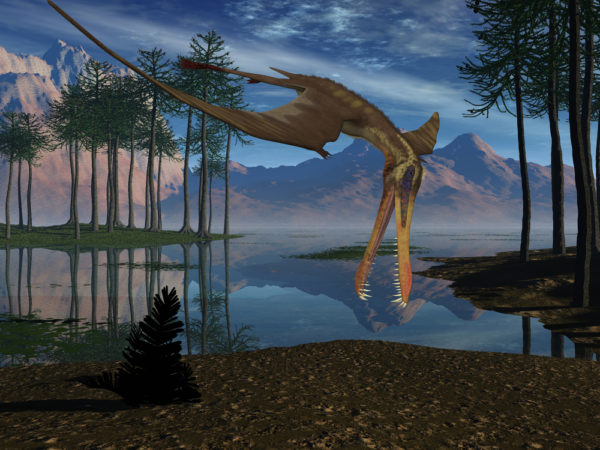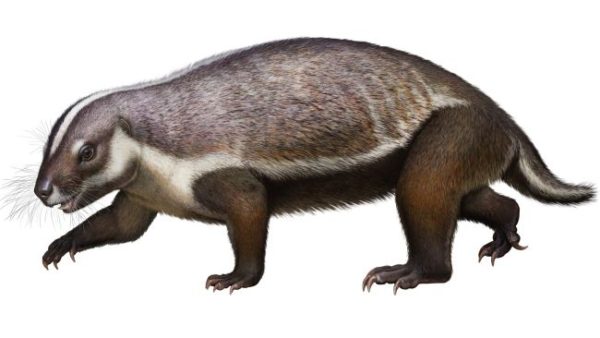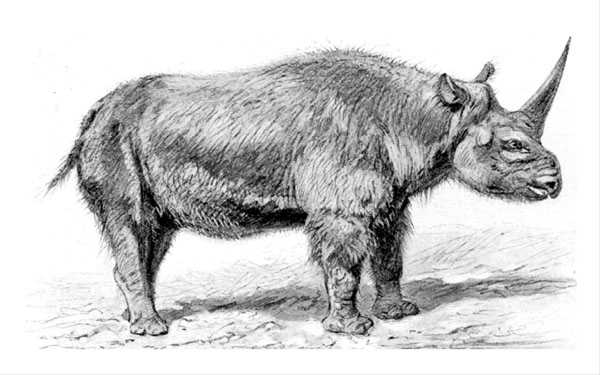PALEONTOLOGY: When Dragons Ruled the Skies
About 110 million years ago in what is now Australia, a flying “dragon” dominated the skies. With an estimated 23-foot (7 meters) wingspan, it was the continent’s biggest pterosaur, new research finds. Pterosaur fossils are rare in Australia; fewer than 20 specimens have been described since paleontologists found the continent’s first pterosaur bones about two decades ago. Scientists identified the newfound species, Thapunngaka shawi, from a fossilized piece of a lower jaw found at a site in North West Queensland dating to the Cretaceous period (about 145.5 million to 65.5 million years ago). T. shawi’s skull would have measured over … Read more







